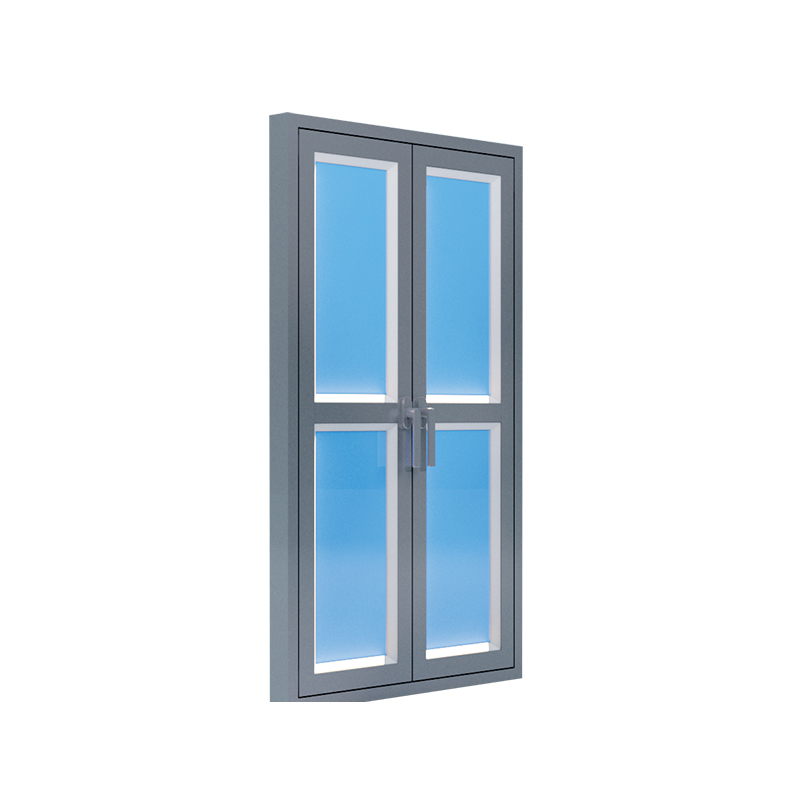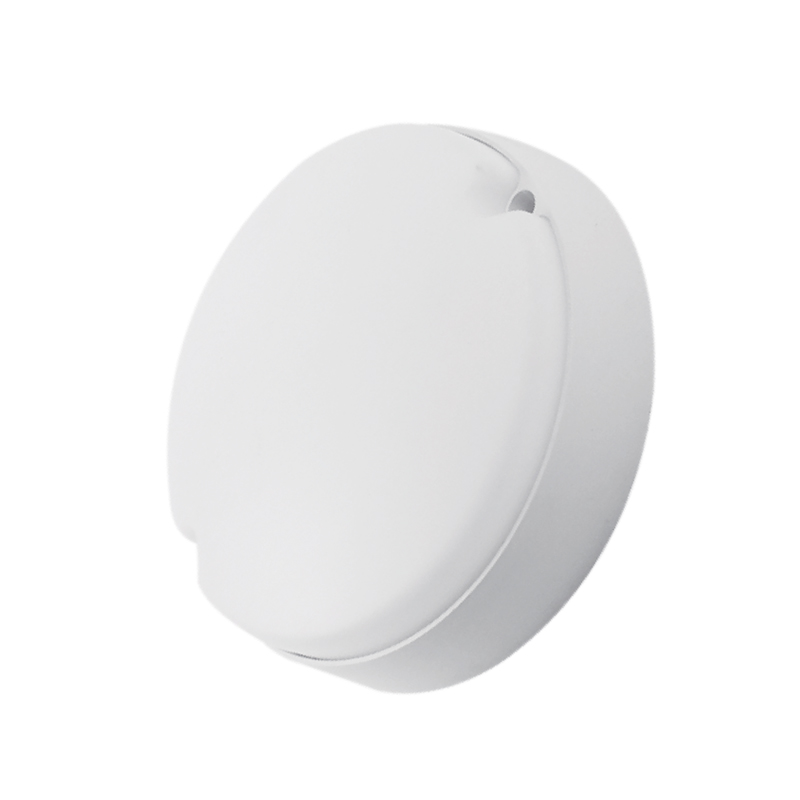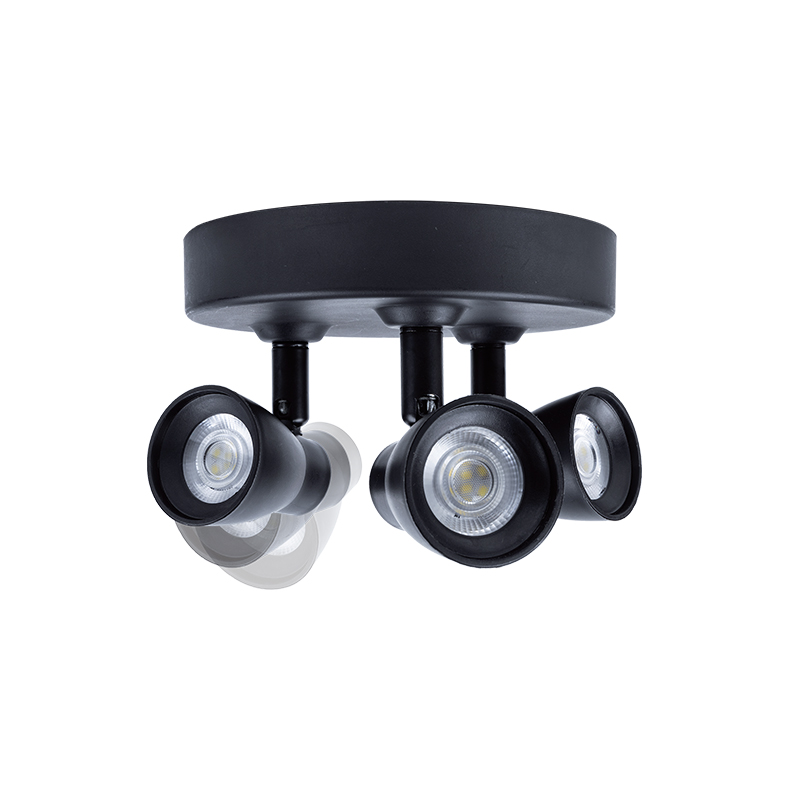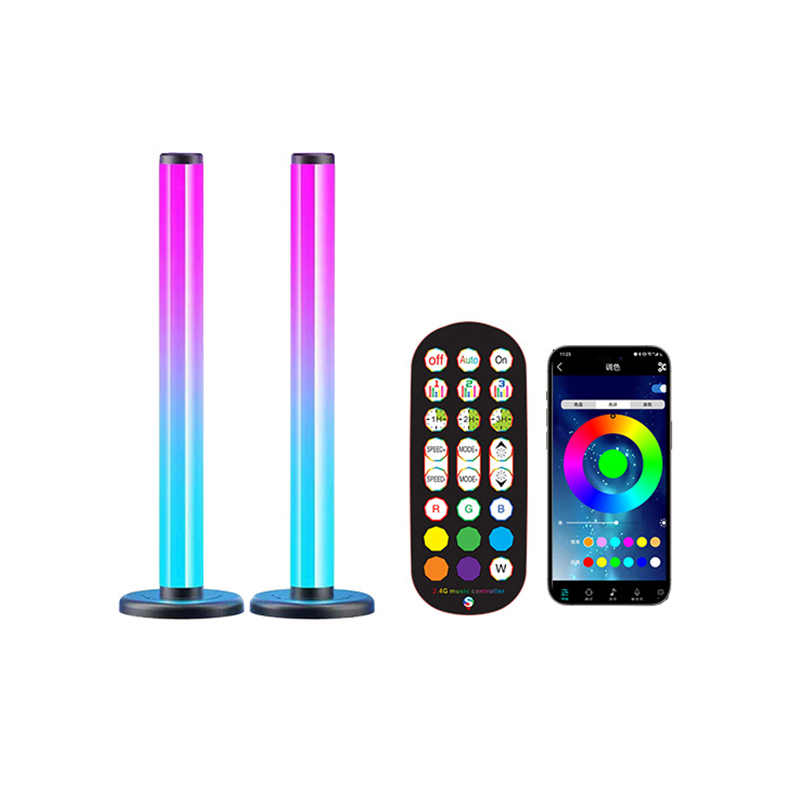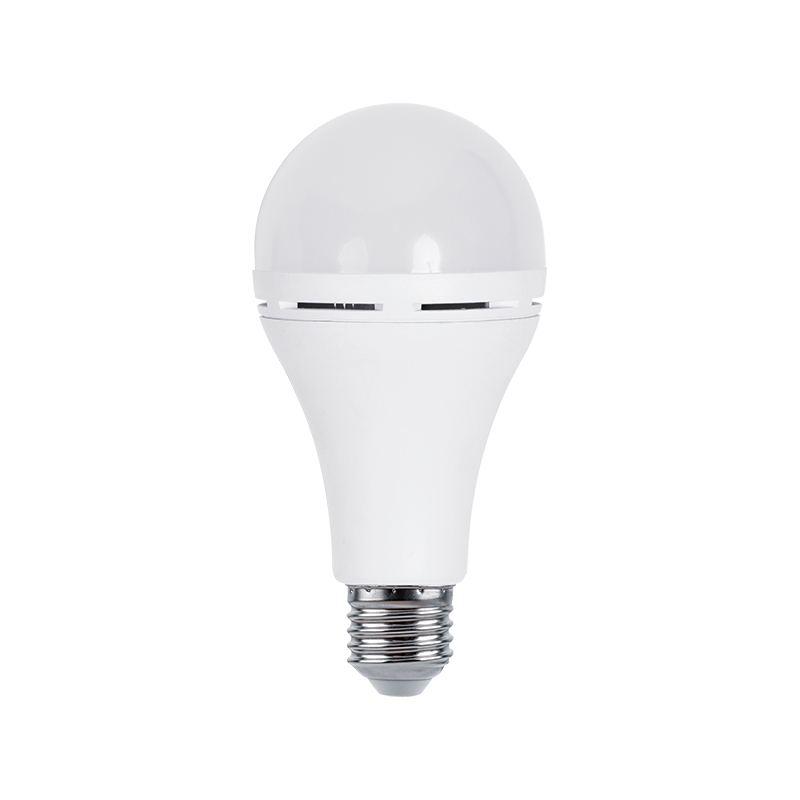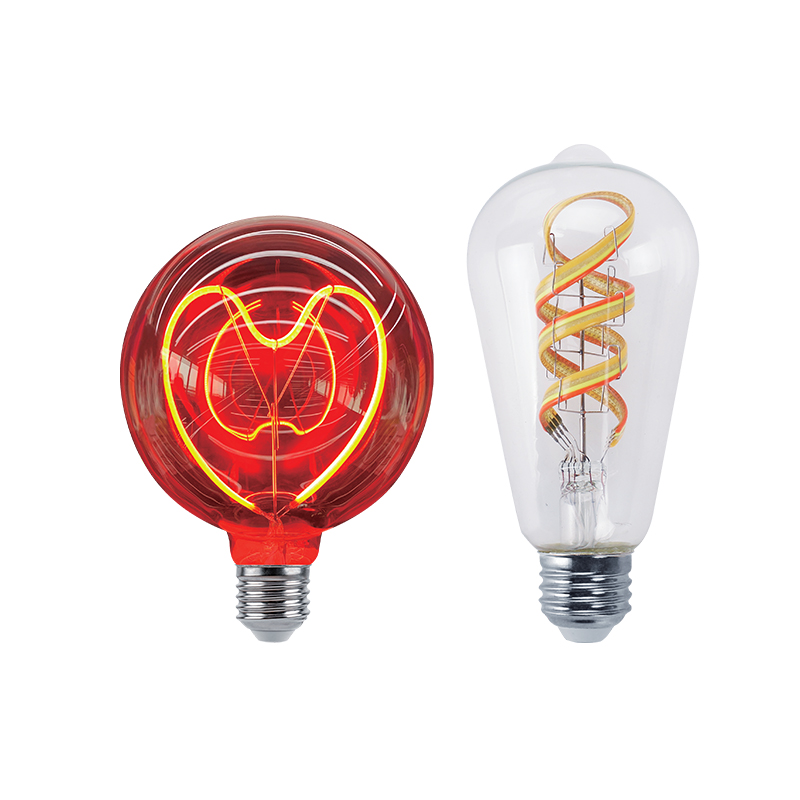We sincerely look forward to establishing a long-term development partnership with you with good quality and professional services.
The pursuit of energy efficiency in commercial and industrial lighting is a constant endeavor, driven by both economic and environmental imperatives. While the transition from fluorescent tubes to basic LED alternatives has yielded significant savings, a new generation of lighting technology pushes these benefits even further. The intelligent t8 led tube with wi-fi & bluetooth control represents a fundamental shift from a static lighting component to a dynamic, connected asset. Beyond the inherent efficiency of LED technology, it is the sophisticated scheduling and automation capabilities of these devices that unlock unprecedented levels of energy conservation.
From Illumination to Intelligence: Understanding the Connected T8 Tube
To appreciate the energy-saving potential of automation, one must first understand what sets an intelligent tube apart. A standard LED T8 tube provides efficiency primarily through its solid-state technology, consuming less power than its fluorescent predecessor for the same or greater light output. However, its operation is binary—it is either on or off. An intelligent t8 led tube with wi-fi & bluetooth control incorporates a microprocessor and wireless communication modules, transforming it into a node on a network. This embedded intelligence allows the tube to receive, interpret, and execute commands based on predefined schedules, sensor inputs, or real-time user instructions. This functionality moves lighting management from a manual, blanket approach to a precise, demand-based system. The core principle is simple: the most energy-efficient light is the one that is off or dimmed when not strictly needed, and it is this principle that scheduling and automation execute with remarkable precision.
The Mechanics of Scheduled Energy Conservation
Scheduling is the most straightforward and widely applicable automation feature for energy savings. It involves programming lighting to operate at specific times and intensities according to a pre-set timetable. This eliminates the primary source of waste in commercial buildings: lights remaining illuminated in unoccupied or daylight-flooded spaces.
Aligning Operation with Occupancy Patterns
Virtually every commercial facility has predictable periods of occupancy and non-operation. Office buildings empty out after 6:00 PM, retail stores close at 9:00 PM, and warehouses are often unoccupied on weekends. Manually ensuring that all lights are switched off at these times is prone to human error. A single switch left on can result in hundreds of lights consuming power unnecessarily for 60+ hours over a weekend.
With an intelligent t8 led tube with wi-fi & bluetooth control, a facility manager can create a master schedule that aligns perfectly with operational hours. Through a centralized application, they can set the entire lighting system to turn on at 7:00 AM, dim to 70% during lunch hours if desired, and shut off completely at 7:00 PM. This schedule is deployed across the entire network of tubes and is executed flawlessly every day, without reliance on human intervention. The cumulative energy savings from eliminating this “phantom occupancy”—
where lights burn for an empty building—are substantial. For a business with multiple locations, this centralized, foolproof control ensures consistent energy-saving policies are enforced across the entire portfolio. This addresses common search queries like “automated lighting for office buildings” and “warehouse lighting energy savings”.
Granular Zoning for Precision Control
Beyond building-wide schedules, the true power of an intelligent t8 led tube with wi-fi & bluetooth control lies in its ability to be grouped into zones. Not all areas of a building are used simultaneously or with the same intensity. A factory may have assembly lines, storage areas, and administrative offices under one roof. Each of these zones has unique lighting requirements.
| Building Zone | Typical Schedule | Energy Saving Action |
|---|---|---|
| Open-Plan Office | 8:00 AM - 6:00 PM, Monday-Friday | Automatic shut-off outside business hours. |
| Conference Rooms | Irregular, sporadic use | Scheduled only when booked; otherwise, default to “off”. |
| Warehouse Aisles | Used intermittently by staff | Base schedule for low-level safety lighting; activated to full only upon occupancy sensor trigger. |
| Retail Sales Floor | 10:00 AM - 9:00 PM | Automatic shut-off after closing. Back-of-house storage on a separate, shorter schedule. |
This table illustrates how zoning allows for highly specific scheduling that would be impractical with a manual switch. A buyer looking for “commercial lighting control zones” would find this capability central to maximizing their return on investment. By avoiding the blanket illumination of an entire facility, businesses can achieve a much higher degree of energy efficiency, ensuring power is consumed only where and when it is genuinely needed.
Dynamic Automation: Responding to Real-Time Conditions
While scheduling manages predictable patterns, automation handles the unpredictable. By integrating with other building systems and sensors, the smart t8 led tube can make real-time decisions to modulate its output, saving energy in situations where a fixed schedule would be insufficient.
Harnessing Natural Light with Daylight Harvesting
Daylight harvesting is one of the most effective automation strategies for perimeter spaces in a building. It involves using a photosensor to measure the amount of natural light entering a room and automatically adjusting the electric lighting to maintain a consistent, desired light level. An intelligent t8 led tube with wi-fi & bluetooth control is ideally suited for this task.
In a zone near windows, the tubes can be programmed to gradually dim as sunlight increases throughout the morning. For example, on a bright sunny day, the tubes may operate at only 30% of their maximum output to supplement the abundant natural light, saving 70% of the energy they would have consumed at full power. As clouds roll in or the day progresses into the evening, the system seamlessly increases the output to maintain the target illumination. This dynamic response ensures that not a single watt-hour of electricity is wasted on providing light that is already available for free. This functionality is a direct response to industry searches for “daylight harvesting systems” and “energy efficient lighting for retail stores”, where window displays and customer experience are critical.
Occupancy and Vacancy Sensing for Unpredictable Spaces
Many areas within a building do not have a fixed schedule. Restrooms, copy rooms, stockrooms, and conference rooms are used intermittently. Leaving lights on in these spaces for the entire workday is a significant source of energy waste. The integration of occupancy sensors with an intelligent t8 led tube with wi-fi & bluetooth control solves this problem.
When a tube is linked to a sensor, it remains in a default “off” or very low “standby” state. The moment an occupant enters the room, the sensor triggers the lights to turn on to a preset level. After a configurable period of no detected motion, the lights automatically turn off again. This ensures that energy is consumed only during the exact moments a space is actively in use. The “wi-fi & bluetooth control” aspect is crucial here, as it allows for easy configuration of parameters like time-delay and sensitivity without the need for complex rewiring or specialized tools. This addresses a key concern for buyers interested in “occupancy sensor compatible led tubes” and “lighting for intermittent use areas”.
Demand Response Integration
On a larger scale, the automation capabilities of an intelligent t8 led tube with wi-fi & bluetooth control can contribute to grid stability and provide cost savings through demand response programs. Utility companies sometimes face periods of peak energy demand, often on very hot or cold days. To avoid blackouts, they may implement programs where commercial consumers are incentivized to temporarily reduce their power consumption.
A building equipped with smart tubes can be enrolled in such a program. When a peak demand event is signaled by the utility, the building automation system can trigger a pre-defined “energy savings” scene. This could involve slightly dimming all lights across the building by 15% or turning off non-essential lighting in lobbies and corridors. Since the intelligent t8 led tube with wi-fi & bluetooth control is connected, this command can be executed instantly and uniformly. The reduction in lighting is often imperceptible to occupants but results in a significant drop in the building’s overall energy load, earning the business a financial rebate from the utility. This advanced application demonstrates how lighting has evolved from a simple utility into an active participant in smart building energy management.
Quantifying the Impact: From Concepts to Tangible Savings
The energy-saving potential of scheduling and automation is not merely theoretical; it translates into direct financial and operational benefits. The savings can be broken down into three primary categories: reduced energy consumption, lower operational costs, and an extended product lifespan.
Direct Reduction in Kilowatt-Hours (kWh)
The most immediate impact is on the electricity bill. Every hour that a light is turned off or dimmed through automation is an hour of energy not consumed. The cumulative effect is profound. For instance, eliminating 10 hours of unnecessary lighting per day for a large office can reduce the annual lighting energy consumption by 25% or more. When combined with daylight harvesting, which can save 20-60% of lighting energy in perimeter zones, the total reduction can be substantial. This direct saving is a key selling point for wholesalers and buyers focused on “lowering operational expenses” and “achieving sustainability goals”.
Lowering Maintenance and Operational Overheads
Energy savings extend beyond the cost of kilowatt-hours. The long lifespan of led technology is well-known, but automation can extend it even further. The operational life of an LED is influenced by its cumulative operating hours and thermal management. By ensuring the tubes are active for fewer hours each day and are often dimmed, scheduling and automation directly reduce the thermal and electrical stress on the components. This can extend the useful life of the product, deferring replacement costs and reducing the frequency of maintenance interventions. Furthermore, the ability to monitor the health and status of the entire lighting network remotely via the wi-fi & bluetooth control platform means that maintenance can be proactive and precisely targeted, eliminating costly and time-consuming manual inspections. This is a critical advantage for facilities managers searching for “reduced lighting maintenance costs”.
Implementing an Energy-Saving Strategy
To fully leverage the energy-saving potential of an intelligent t8 led tube with wi-fi & bluetooth control, a strategic approach to implementation is recommended. A successful deployment involves more than just swapping out old tubes; it requires thoughtful planning of how the lighting system will be used.
The first step is to conduct a thorough audit of the facility’s occupancy patterns, task requirements, and natural light availability. Identifying zones with similar usage profiles is essential for effective scheduling and sensor placement. The next step is to configure the system thoughtfully. Aggressive settings, such as an immediate shut-off with a very short time delay on occupancy sensors, can be disruptive. A balanced approach that prioritizes both energy savings and user comfort is crucial for long-term success. Finally, the system should not be considered “set and forget.” Regular reviews of operational data and occupancy patterns can reveal new opportunities for optimization, allowing the lighting system to adapt to the evolving needs of the business.

 English
English Español
Español Deutsch
Deutsch